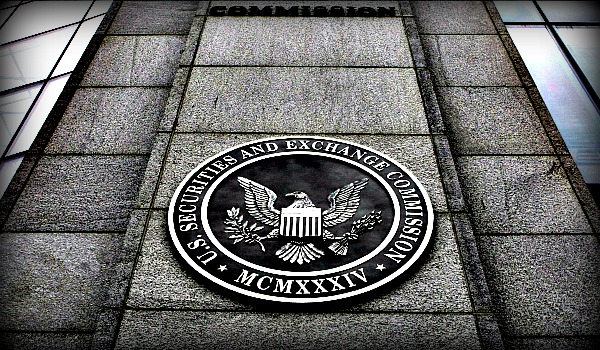The U.S. Securities & Exchange Commission has at long last decided it should finally focus more deeply on fintech and digital innovation. And, in true government tradition, the best way to do that is to add a new division and ‘staff it up.’
Actually the SEC has had the Strategic Hub for Innovation and Financial Technology, or FinHub, around for a few years but it was just announced that FinHub will now become a stand alone office. However Valerie A. Szczepanik, FinHub’s first director, will continue to report directly to the SEC Chairman. So, is that really “standing alone”, or just adding more bureaucracy?”
FinHub was set up way back in 2018 within the Division of Corporation Finance and led agency efforts to encourage responsible innovation in the financial sector. That included evolving areas such as distributed ledger technology and digital assets, automated investment advice, digital marketplace financing, and artificial intelligence and machine learning.
Through FinHub, market and technology innovators have been able to engage with SEC staff on new approaches to capital formation, trading, and other financial services. And, of course, staying within the federal securities laws.
So rather than having to navigate the channels and myriad chains of authority within the SEC, innovators and market participants will now be able to have a central point of contact to go through all those same channels for you. Different faces going the same places.
In SEC ‘speak’, the Director of FinHub “will coordinate the analysis of emerging financial innovations and technologies across the SEC’s divisions and offices and with global regulators and will advise the Commission and SEC staff as they develop and implement policies this area”. Again, different faces going the same places.
So while certainly applauding the SEC’s efforts to stay on top of the rapidly changing financial landscape, is FinHub really a stand-alone “spin off?” It certainly appears that the Director of FinHub will still need to go through the same chain of command (staff, Chairman/woman, approval) for any commitments and decisions.
Is that an autonomous more efficient stand-alone, or just another larger bureaucracy “stand-next to?”







